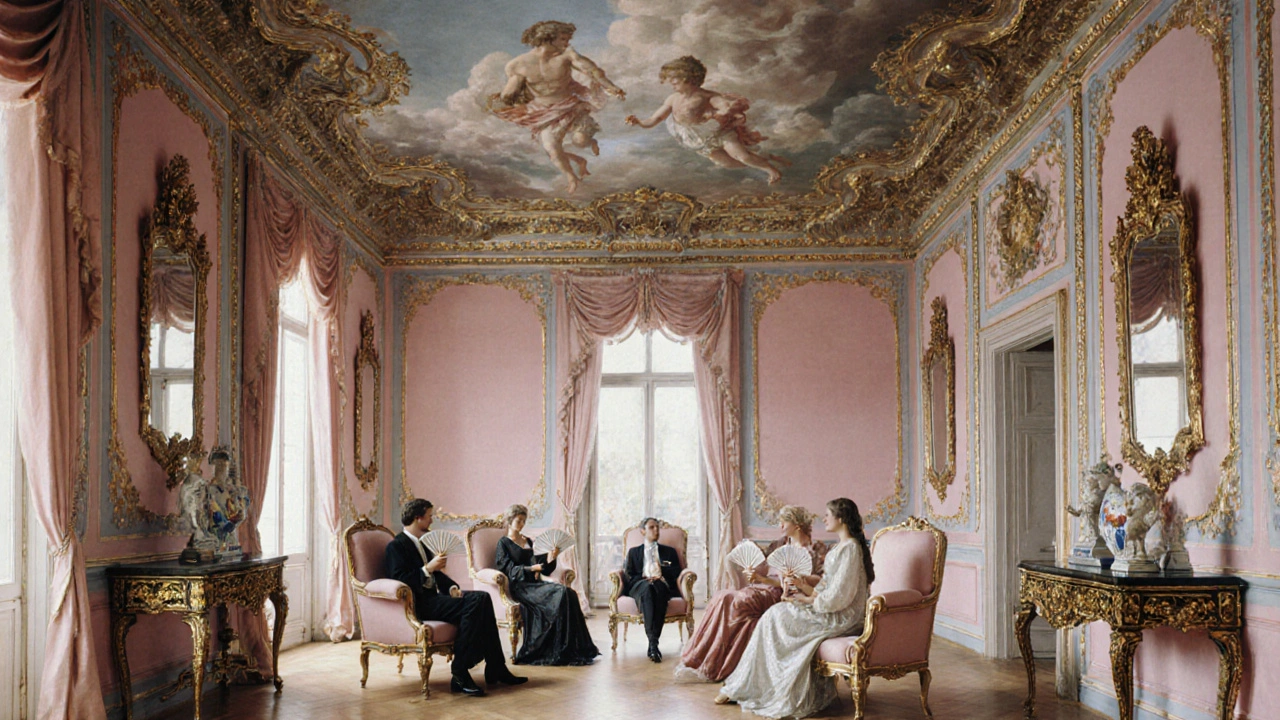Rococo Painters: A Guide to the Artists and Their World
When you hear Rococo painters, artists who worked in the light‑hearted, decorative style that blossomed in early 18th‑century France. Also called French Rococo artists, they combined pastel colors, playful themes, and intricate detail to create works that feel both intimate and theatrical. The movement encompasses Rococo art, a broader visual language that includes painting, interior design, and ornamental sculpture, and it draws heavily from the earlier Baroque tradition while moving toward the lighter, more secular tastes of the Enlightenment era. Understanding these connections helps you see why a single painting often mirrors the flamboyant furniture and architecture of the same period.
Key Characteristics, Influences, and the Shift from Baroque
The Baroque, with its dramatic lighting and grandiose scale, set the stage for Rococo’s softer approach. Rococo painters replaced solemn religious narratives with scenes of love, leisure, and myth, using delicate brushwork and a pastel palette of pinks, blues, and creams. Artists like François Boucher, Jean‑Honoré Fragonard, and Jean‑Baptiste-Siméon Chardin turned aristocratic life into a visual feast, often embedding subtle satire beneath the surface. The style also influenced interior architecture, inspiring the light, asymmetrical curves you find in Parisian salons and the ornamental plasterwork of Versailles. This cross‑disciplinary flow means that when a Rococo painter captured a flirtatious garden scene, the same motifs could appear on a mirror frame or a ceiling fresco, creating a cohesive decorative language.
Today’s interest in Rococo isn’t just academic; it’s practical for anyone restoring historic homes or looking for design inspiration. Knowing that Rococo interior design relies on the same pastel hues and playful motifs as the paintings helps curators match wall art with period‑accurate furniture. Likewise, the Enlightenment ideas of pleasure and individual expression echo through the works of Boucher and Fragonard, linking philosophy to visual culture. These semantic links—Rococo painters ↔ Rococo art, Rococo art ↔ Baroque, Rococo style ↔ Enlightenment thought—show how the movement fits into a larger historical puzzle.
Below you’ll find a curated selection of articles that dive deeper into each facet mentioned here. From detailed profiles of the most famous painters to guides on spotting Rococo elements in architecture and décor, the collection offers both background and actionable tips. Whether you’re a collector, a restoration expert, or just curious about why those fluffy clouds and flirtatious glances still capture imaginations, the posts ahead will give you clear, practical insight into the world of Rococo painters.

Rococo: The Revolutionary Art Movement That Broke the Mold
A deep dive into Rococo, the 18th‑century art movement that swapped Baroque drama for pastel playfulness, covering its origins, key artists, characteristic style, and lasting influence.
Read more